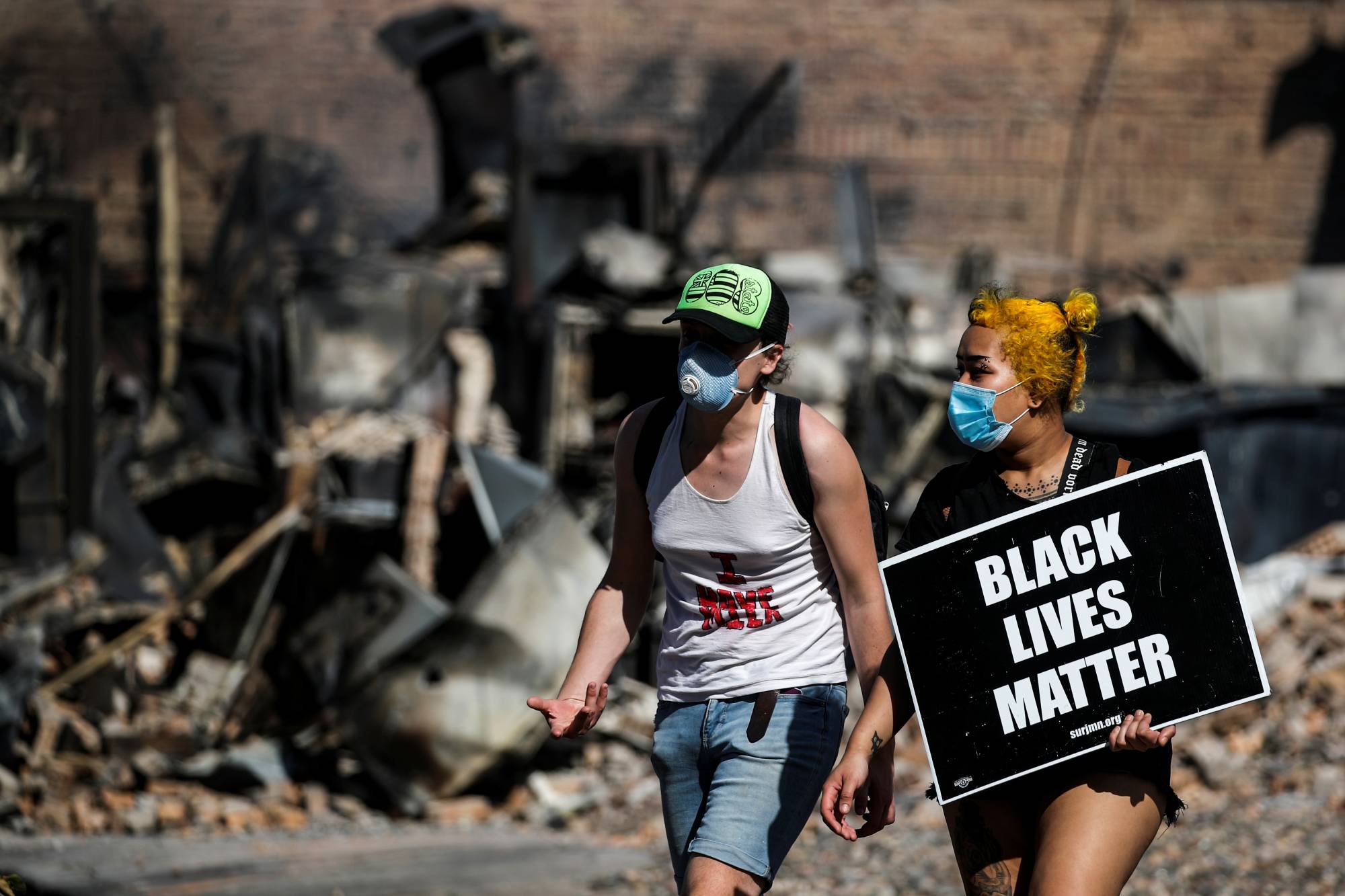On the morning of Tuesday last week, cars and pedestrians lined up for free COVID-19 tests in south Minneapolis, six blocks from where George Floyd was killed in May. As protests flared after his death, Minnesota's Department of Health had set up the testing site and encouraged demonstrators to visit in hopes of stemming a potential new outbreak. Long lines at this center and three others in the Twin Cities suggest that, far from being complacent about the risks of taking to the streets in a pandemic, the protesters were all too aware of them.
Fortunately, expectations of a spike in cases haven't been borne out — at least not yet. The health department has in fact reported diminishing numbers of new infections since the protests started, as well as data showing that self-identified protesters have lower positive rates than others. It seems to be a widespread phenomenon: State and local governments across the U.S., from Sacramento to coastal Virginia, have reported lower-than-expected infection rates following the demonstrations, though few have data as robust as Minnesota's.
To understand what might account for this encouraging trend, and what it might portend for future lockdowns, I talked to Kris Ehresmann, director of the Infectious Disease Epidemiology, Prevention and Control Division at the Minnesota Department of Health. Ehresmann, an epidemiologist, oversees the state's efforts on issues ranging from HIV to foodborne illnesses to — most recently — the new coronavirus. As more and more demonstrators took to the streets, she said, many people were asking if COVID-19 cases could spike.

















With your current subscription plan you can comment on stories. However, before writing your first comment, please create a display name in the Profile section of your subscriber account page.